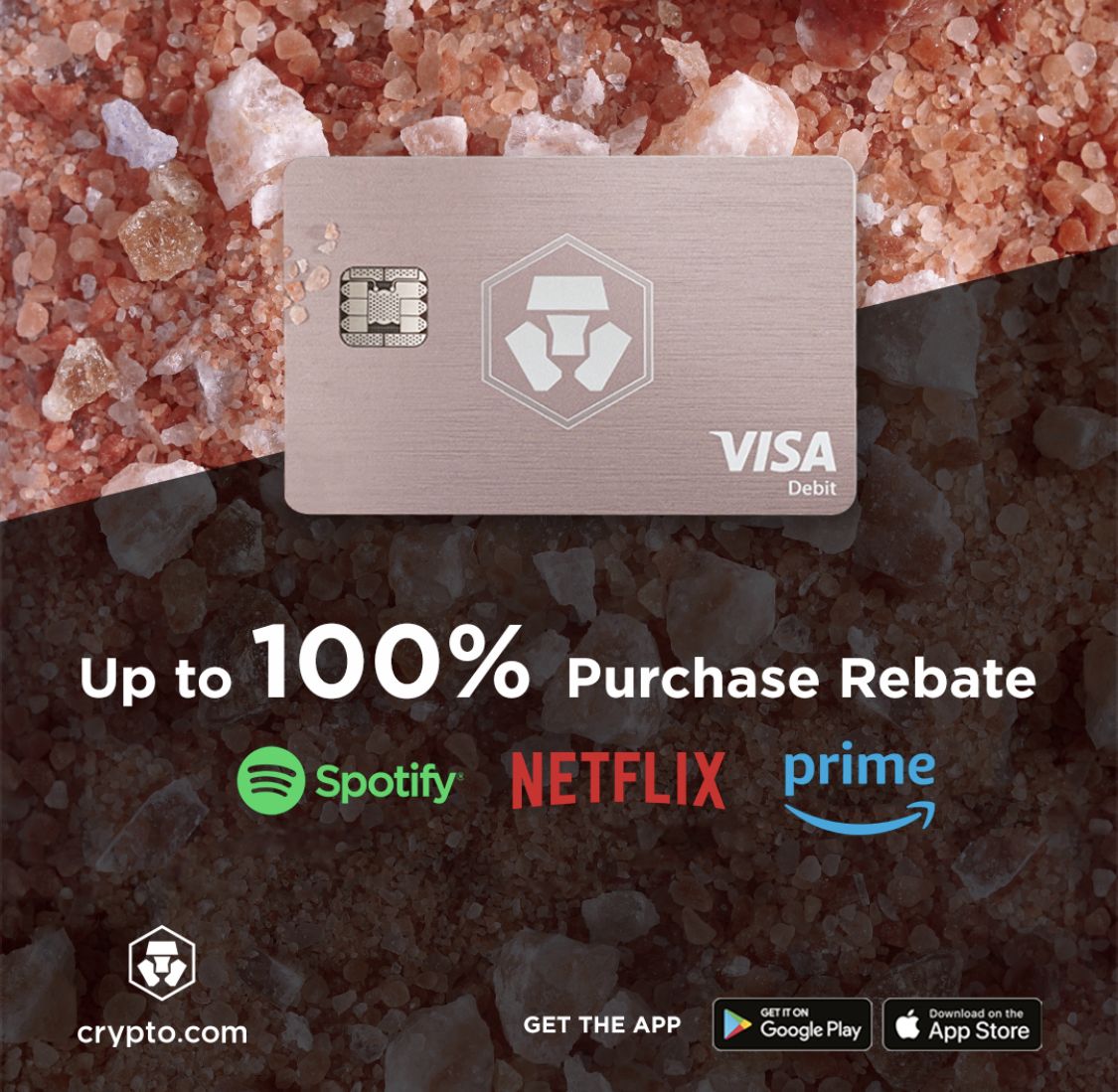LinkedIn – how not to get hired
We have moved all our recruitment initiatives to LinkedIn jobs since we felt that South African recruiters add little to no value in the recruitment process – think about it: a typical recruitment agency will charge a company a placement fee of between 7 – 30% of the candidate’s cost-to-company – so if you hire a resource at R400,000 p.a. this will cost anywhere between R27,000 to R100,000 in placement fees. Considering that a recruitment agency hardly ever does much work (i.e. job applicants are ask to “reformat” their CVs and agencies do not validate properly that a CV matches an advertised job), I hardly find it justified to charge such obscene placement fees.
LinkedIn Jobs becomes a more attractive option as the typical cost of a job-posting is around R1300 (for 30 days) and I have noticed that the quality and number of applications has positively increased in the last 12 months. As an example, our Linux admin job post attracted over 100 CV submissions in a space of 1 week and about 40% had a good match and we managed to finalise the hiring within 8 days. Don’t get me wrong, LinkedIn Jobs does require some screening of applications, but certainly not to the extent that I would pay someone tens of thousands of Rands to do it – it is fairly obvious what CV submissions will become short-listed (I pretty much discard any application which does not meet the requirements outlined below).
Having dealt with a fair share of CVs and LinkedIn submissions, and having reviewed thousands of CVs during my career in information technology, I thought it would be worthwhile to give some tips for job-seekers. I am always astonished how little care and attention people give to their CVs and LinkedIn profiles, especially since this is the only way how you as a candidate can market yourself. If you do a poor or mediocre job, it just tells me that you could not be bothered and do not really value your career interest.
Camel-case your name
I have never understood why people write their name in lower-case. Why? For me, the standard convention is to “camel-case” your name – it just does not look right if your CV or LinkedIn profile reads “gerd naschenweng” vs “Gerd Naschenweng”. Whenever I see an all-lower-case name, I tend to think that the person could not be bothered to spell his/her name right and this then makes me wonder how much care/diligence the prospective employee would bring into my company.
Spelling and grammar
English is not my first language, but I try to get my spelling and grammar correct most of the time. While mistakes will happen, I do get concerned when a candidate highlights as a core-strength “great attention to detial” and then manages to spell “detail” wrong, but also misspells the heading of their CV as “Cariculum vitae” (especially bad, when it is in a 48pt font on the first page).
Your LinkedIn profile picture
LinkedIn is a professional network and your profile image should be professional. This means no picture of you as a cartoon character / in a dress-up / not wearing clothes / wearing a bikini (or worse a mankini) / in the bedroom / in the shower / in the toilet / wearing a motorcycle helmet:
First impressions count – we are human after all and judge – it’s life. So if your LinkedIn profile image contains a picture of you spread out on a bed with guns, nun-chucks and gold-chains it will not be professional (unless you apply for some gang-related position).
Your LinkedIn profile
There is a reason why LinkedIn asks you to complete your profile. If you do not have a work history, make sure that your profile description provides a lot of detail. Even without a work history it would help to add details about hobby projects or publications you participated in – anything which can demonstrate that you possess the necessary skills for the job you are applying for. Link your portfolio- or project-websites to your LinkedIn profile as projects – this is a great way to showing off what you are capable of.
Provide at least some detail about your work history – this should include a summary description of your role and work you did. There is nothing worse about a LinkedIn profile, if it just shows company names and start/end dates of your employment. To me it looks like you “banged” your profile together in a hurry, without much pride and care.
Your LinkedIn job submission
Some really simple rules – which should apply to any job you apply to:
- Do not apply for a job you are not qualified for. Do not “shot-gun” your CV to any possible available position. If your current skills are lacking, but you really want to apply for a specific job, then do yourself a favour and motivate in your cover letter why you want to move into a specific field and highlight what you have done or will do to get there. During my career I had many applications where people came from non-IT related environments and landed a job based on their intro-letter.
- Make sure your salary expectation matches. If a job posting gives you a salary range, only apply if your expectation falls within that range. If your salary expectation is higher, then at least specify in your cover letter or intro message why do you think you should get a higher salary. There is nothing worse than having a candidate apply and during the interview acknowledge that the offered salary is too low. I try to safe-guard against those issues by confirming our salary range before setting up the interview (and yes, I get super annoyed when candidates acknowledge the salary range, come for the interview and then ask for substantially more than what is offered).
- Don’t apply for a job in another country/province city. Unless the job states “off-site work”, the expectation is that you have to work at the offices. Verify that the office location of the advertised job is accessible to you. Unless you are willing to relocate, don’t apply. Check the morning commute and traffic situation before applying – there is nothing more annoying than having hired someone, only to see the same person resign within a week due to traffic (or petrol) issues.
- Don’t apply for a job to hike your current salary. Nothing worse than a candidate applying for a job and then using that offer to pressurise the current employer to get an increase. If you do not have an intention to leave your current job and your only intention is to boost your salary with your current employer, do not even bother applying for a job and wasting people’s time if you know that you are not going to follow through.
- Don’t be a stalker. LinkedIn is a professional network and should connect people who have or had professional relationships. Applying for a job at a company does not mean that you should send out LinkedIn invites to staff at the company (unless you know them). Do not phone me out of the blue to find out why we have not responded to your application. I had one candidate the other day who not just phoned me 4 times in a week, but also decided to connect with me via LinkedIn and send me a handful of emails. As good as that candidate’s CV was, I dismissed it, as his attempts were not just creepy but started to feel really, really desperate and felt disrespectful.








Recent Comments